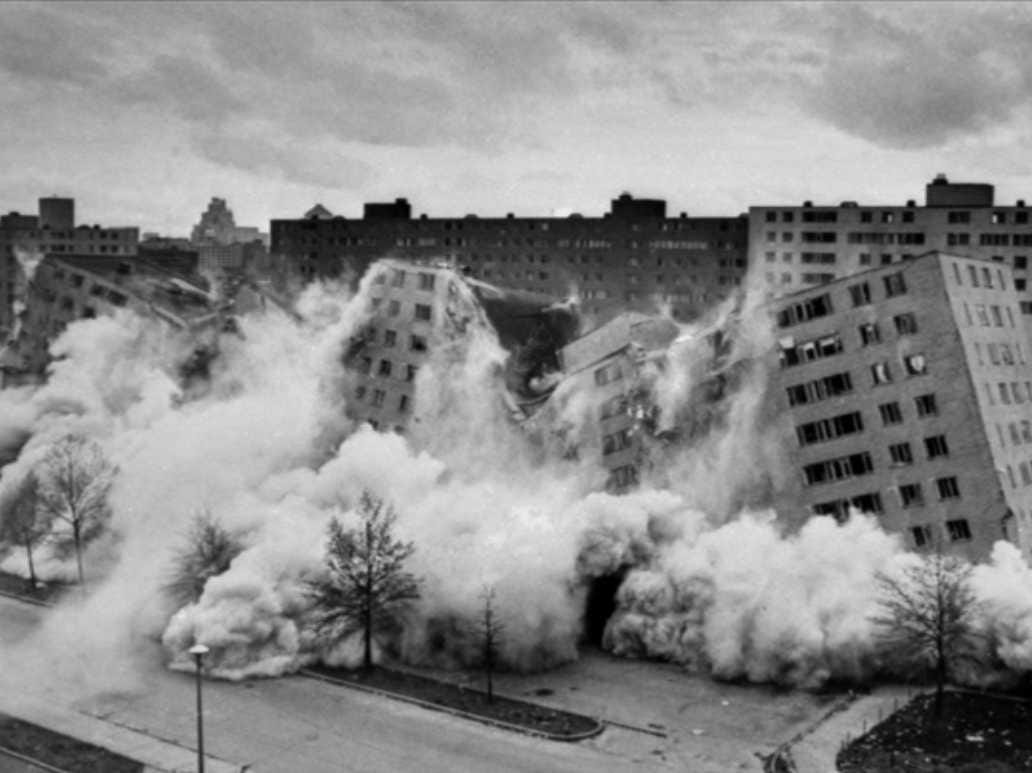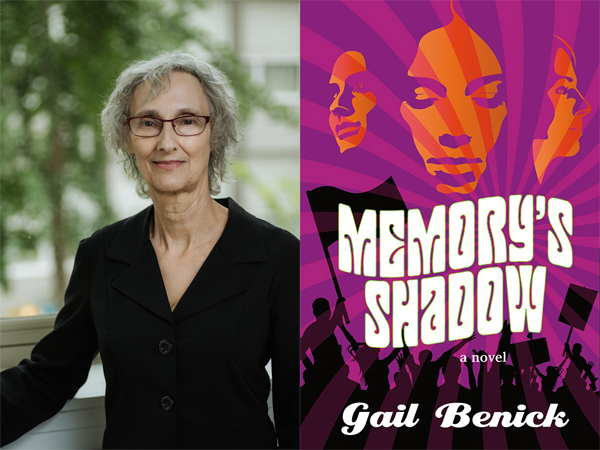When I began to write Memory’s Shadow, my second novel, I knew the story had to be set in St. Louis. As the old adage goes: ‘Write what you know.’ Although I have not lived in Missouri for decades, St. Louis is my birthplace and the site of my fondest childhood memories. Among my favorites, I have always counted visits to the Jefferson Memorial in Forest Park where I absorbed the glorified history of the Lewis and Clark expedition opening up the American west; regular outings to the zoo and the art museum, local institutions dating back to the St. Louis World’s Fair; day trips down the muddy Mississippi River on the excursion steamboat, the SS Admiral; attendance at Cardinals baseball games at the old Busch stadium and the Veiled Prophet parade. Without hesitation, I felt sufficiently tethered to the history and culture of St. Louis to write a novel in which the city is not only the setting, but also a character in the story.
Yet, few of these glossy memories grace the pages of Memory’s Shadow. Like many novelists, I wrote the book on a hunch, an unsettling sense that something was amiss in those curated scenes of St. Louis life. As I waited for the publication of Memory’s Shadow my gut instinct was put to the test. Flipping through the newspaper one night, I saw a review of a new study on my hometown. “Book explores the violent history of St. Louis and America itself,” the subhead stated. I promptly joined the long wait list at the library for Walter Johnson’s The Broken Heart of America: St. Louis and the Violent History of the United States. In the interim, the library offered a sample chapter. That’s all it took. I needed to own this book rather than borrow it—and own the troubled history meticulously described in it. Herein, I suspected, were the bedtime stories which eluded me while growing up there.
Curious readers often ask me the standard question put to novelists: How autobiographical is your work? Are Memory’s Shadow and my debut novel, The Girl Who Was Born That Way, true stories? The short answer is that most fiction reflects the author’s perceptions of the world and draws on the writer’s deep memory. Reading Johnson’s The Broken Heart of America illustrated for me the myriad ways in which fact mingles with intuition to create fiction.

The Broken Heart of America by Walter Johnson
Here’s an example. Early in Memory’s Shadow three sisters visit the St. Louis zoo. Toni, the most politically astute of the three, rails against the outing. She loathes the very idea of a zoo, sensing something sinister in caging animals and dressing monkeys in frilly clothes to perform circus stunts on a stage for besotted audiences. But the history of the zoo, as described in Johnson’s book, is much more disturbing than that. During the vaunted 1904 St. Louis World’s Fair, there were “living exhibitions” of indigenous peoples gathered from North America and around the globe, showcasing their exotic food, clothing, architecture, and religious rites so that fairgoers could gawk at them in their “natural habitat.” The organizers of the World’s Fair devised this human zoo with the express purpose of demonstrating white, Western superiority.
Memory’s Shadow also aligns with Johnson’s The Broken Heart of America in the importance bestowed on the infamous Pruitt-Igoe housing project. Indeed, the implosion of one of the thirty-three buildings in the residential complex is an inciting incident in my novel. The demolition heightened conflict between the sisters and foreshadowed the violence that will tear apart their family.

The explosion at the Pruitt-Igoe housing project
For Johnson, the political decision to destroy Pruitt-Igoe, home almost exclusively to African Americans, was another spectacularly violent episode in the city’s long history of Black removal and structural racism. The St. Louis Police Department castigated Pruitt-Igoe as a cesspool of humanity, a living nightmare, a combat zone, and Fort Apache. They used police dogs whenever they entered the housing project, giving the city’s police force the dubious distinction of being among America’s first to deploy canine units in crime detection.
I didn’t have the benefit of Johnson’s searing analysis when I wrote Memory’s Shadow. Perhaps I didn’t need it. What I had were the tools of a novelist’s trade—slumbering nightmares, shadows lurking from the past, and a broken heart.
Gail Benick is a Toronto author and educator. Her career as a professor on the Faculty of Humanities and Social Sciences at Sheridan College in Oakville, Ontario, spanned more than three decades. Her debut novella, The Girl Who Was Born That Way, was published in 2015. Gail’s new novel, Memory’s Shadow, will be published by Inanna in spring 2021. www.gailbenick.com


I very much enjoyed reading Gail Benick’s first Novel. The way she explored each character was fascinating. I am so looking forward to her new novel and can’t wait to meet the characters.
I am also going to read “The Broken Heart o America” as it sounds so interesting, delving into the past history of St. Louis and all the violence of that era and now.
What an incredible history that city has!! And, Gail, I love your observations about writers and their sources. Maybe art can teach us what history cannot seem to.
Congrats on the new publish
What a fantastic read! I’m really looking forward to reading the novel.
I just finished Broken Heart of America and found it very disturbing! Wasn’t there a quote somewhere that said you will never look at St. Louis in the same way again? Definitely true in my case. When I was done, I googled some of the reviews and critical comments. Several attacked the accuracy of some facts – but none disputed his basic premise. Now I will surely want to read your book and have a long talk with you when you come to town to visit cousins. I hope it is soon!